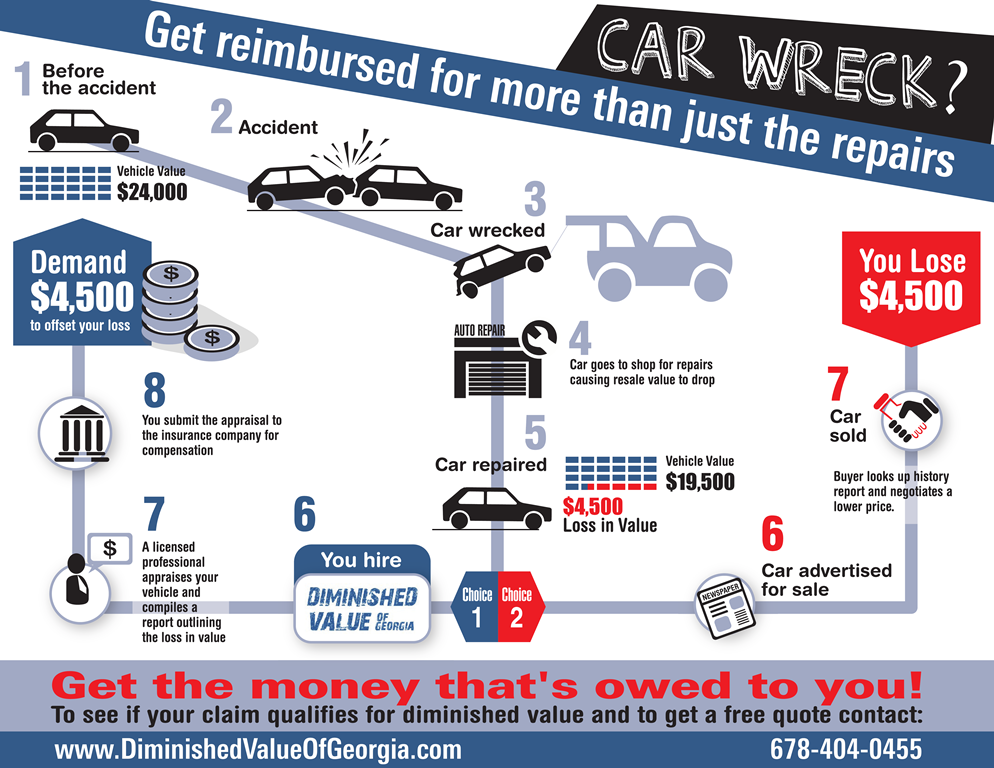Looking For Quality On The Warning Lights Displayed On Your Vehicle'S Dashboard? Find Out How They Relate To Your Lorry'S Health And Safety
Looking For Quality On The Warning Lights Displayed On Your Vehicle'S Dashboard? Find Out How They Relate To Your Lorry'S Health And Safety
Blog Article
Produced By-Boye Kejser
When you're behind the wheel, those beautiful warning lights on your control panel can be a little bit difficult. Do you understand what they're attempting to inform you regarding your vehicle's health and wellness? Comprehending the value of these lights is crucial for your safety and the durability of your vehicle. So, the following time one of those lights appears, wouldn't you want to analyze its message accurately and take the needed actions to address it?
Common Caution Lighting and Interpretations
Identify typical warning lights in your automobile and understand their meanings to make sure secure driving.
One of the most common caution lights include the check engine light, which signals problems with the engine or discharges system. If this light begins, it's crucial to have your lorry examined without delay.
The oil pressure warning light suggests low oil stress, calling for prompt focus to prevent engine damage.
A blinking battery light could recommend a defective charging system, potentially leaving you stranded otherwise addressed.
The tire pressure tracking system (TPMS) light alerts you to low tire pressure, affecting car stability and fuel efficiency. Overlooking this could lead to unsafe driving conditions.
The ABS light indicates an issue with the anti-lock stopping system, endangering your capacity to stop quickly in emergencies.
Last but not least, the coolant temperature level advising light warns of engine overheating, which can lead to severe damages if not settled quickly.
Understanding https://www.franchising.com/news/20220712_christian_brothers_automotive_announces_signed_agreement_to_bring_seamless_.html will assist you attend to concerns immediately and keep safe driving conditions.
Significance of Prompt Interest
Comprehending the common caution lights in your cars and truck is just the initial step; the value of promptly addressing these cautions can not be emphasized enough to guarantee your safety and security when traveling.
When a caution light illuminates on your control panel, it's your vehicle's way of connecting a potential concern that requires attention. Disregarding these warnings can result in more extreme problems later on, endangering your safety and security and possibly costing you extra out of commission.
Motivate attention to warning lights can stop breakdowns and mishaps. As https://brake-check73840.mybuzzblog.com/11766621/the-comfort-of-mobile-car-outlining-transforms-your-lorry-s-look-however-is-it-as-effective-as-standard-techniques-discover-the-truth-behind-this-service , a blinking check engine light can suggest a misfire that, if left neglected, can trigger damages to the catalytic converter. Addressing this immediately can conserve you from a costly repair service.
In a similar way, a brake system cautioning light could signal low brake liquid or worn brake pads, important elements for your safety when driving.
Do It Yourself Troubleshooting Tips
If you discover a warning light on your dashboard, there are a few DIY troubleshooting tips you can try before seeking expert help.
https://brakesplus18395.bloginder.com/32752075/just-how-mobile-automobile-outlining-solutions-can-conserve-you-time-and-money is to consult your car's handbook to understand what the details caution light suggests. Often the concern can be as easy as a loosened gas cap triggering the check engine light. Tightening up the gas cap might resolve the problem.
Another usual concern is a reduced battery, which can activate various alerting lights. Inspecting the battery links for rust and guaranteeing they're safe and secure could repair the problem.
If a caution light lingers, you can attempt resetting it by detaching the cars and truck's battery for a couple of minutes and afterwards reconnecting it. Furthermore, examining your automobile's fluid degrees, such as oil, coolant, and brake fluid, can help troubleshoot cautioning lights connected to these systems.
Conclusion
To conclude, understanding your auto's caution lights is important for keeping your car running efficiently and safely. By quickly dealing with these alerts and recognizing what they suggest, you can prevent expensive repair services and possible breakdowns.
Bear in mind to consult your vehicle's manual for specific information on each cautioning light and take action as necessary to ensure a hassle-free driving experience.
Remain informed, stay safe on the road!
